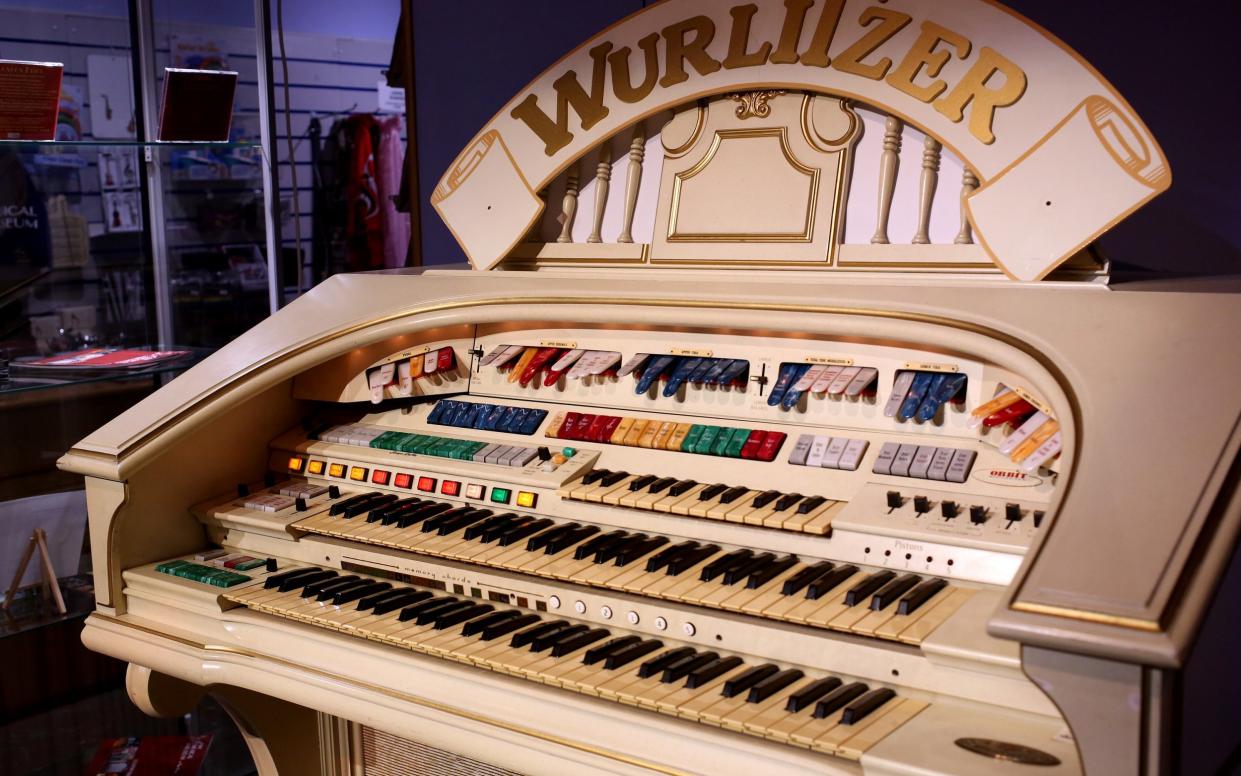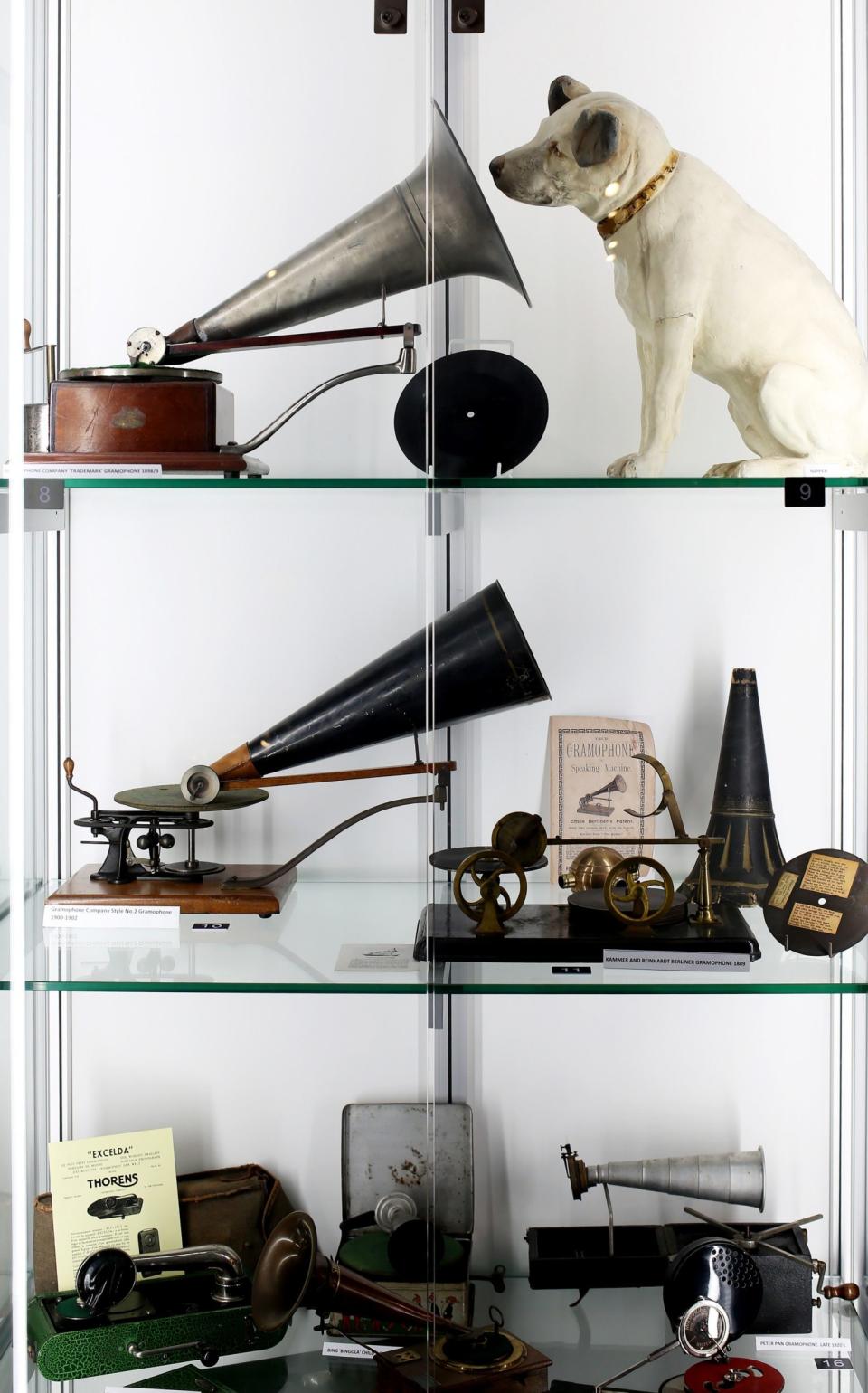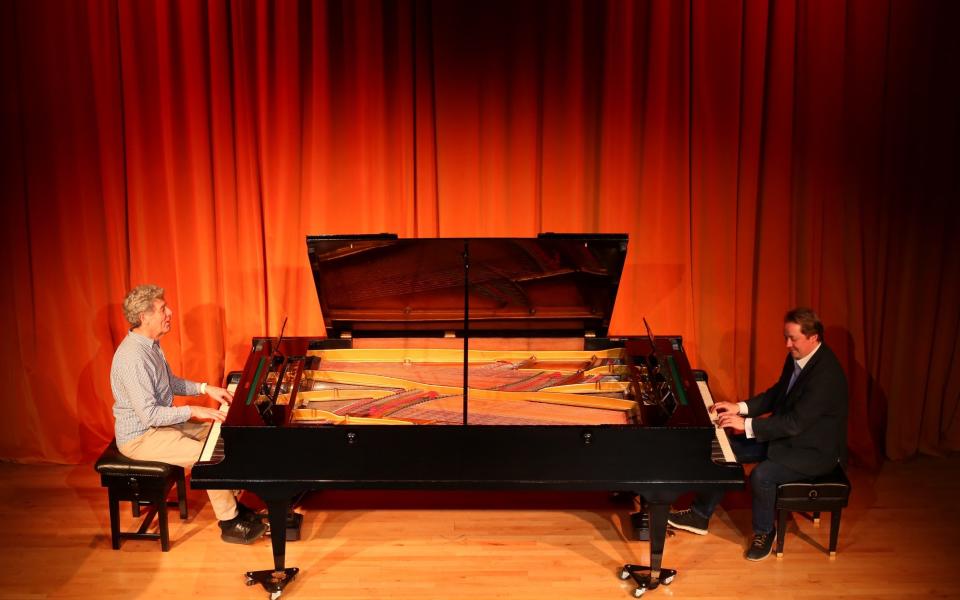‘We’ve got a 1910 orchestrion from Leipzig’: the brilliantly odd museum that’s fighting to survive

In the hurricane of bad news assailing the arts and culture sector the travails of one niche museum might seem small beer. But the Musical Museum in Brentford, west London, is a real treasure. It’s an Aladdin’s cave of wonderful and often beautiful music-making contraptions which trace the entire history of mechanical and electrical instruments, from tiny 18th-century Swiss musical boxes right up to the 1980s. Some you can play but most are self-playing, or need nothing more than a crank of a handle to wind up a clockwork spring. And yet the sounds have a wonderful human quality, as if a soul is lurking in those whirring pin-cylinders and clattery hammers.
But now the museum is in trouble. “The pandemic blew all of our plans out of the water,” says Simon Hill, who is the museum’s Emeritus Director of Technology. “It killed all our revenue streams stone-dead, and though visitor numbers have recovered the numbers are still way below pre-Covid levels. We got some emergency continuity funding from the government, and we made use of the furlough scheme, but we’re now eating into our reserves. The costs of running a large building like this just keep going up - our last quarterly electricity bill was £7,000.”
The museum is a registered charity which up to now has lived mostly off the legacy left by its founder, Frank Holland, plus numerous other legacies and gifts. In comparison with these sources admissions sales are a modest fraction of the income. There’s no annual support from Arts Council England or any other body. Apart from a small surplus in 2020 it has always operated at a modest loss.
Holland founded the museum in the 1960s and originally housed it in a damp, deconsecrated church in Brentford. It is now located in a National Lottery-funded, purpose-built museum on the outskirts of the suburb, by the River Thames. The collection has grown enormously and now includes piano-players (plus a collection of 20,000 piano rolls), early gramophones, orchestrions (an entire orchestra in a box), Hammond organs of different kinds, and early electronic synthesisers.
Wandering around unaccompanied is an enchantment. But in the company of the Museum’s mostly volunteer staff it becomes an education in social history and the marvels of pre-digital technology. “Now this is really interesting,” says Adrian Church, Director of Piano Conservation and an ex-BBC audio and video engineer, pointing to what looks like a tall sideboard with coloured light-bulbs running down each side. “This is an orchestrion made in Leipzig in around 1910. It’s controlled by a piano roll, but if you open the side panel, you’ll see it’s only half a piano, and there are all these other instruments”, and sure enough I can glimpse a glockenspiel, xylophone, snare drum and numerous other instruments tucked away inside.

Further on we come to a huge self-playing “Aeolian” pipe organ moved to the museum from a grand villa in Torquay. “It was like an early version of Sonos,” says Church, referring to the digital music system which sends music all round the house. “You could have controlling devices for the organ in every room. But it would have cost around £250,000 in today’s money, so a bit more expensive!”
Upstairs at the heart of the museum is the little theatre, used for concerts, dance classes and concerts on the mighty Wurlitzer, which according to the museum’s dazzlingly virtuoso resident organist and MD Richard Hills is one of the best anywhere. “It was originally shipped over from America in 1933 and installed in the Regal cinema in Kingston-upon-Thames, and it’s got some unique features like this saxophone stop,” he says, pointing to a row of what look like brass horns tucked around the back. “It became one of the best-known organs in the country, and was broadcast constantly on BBC Radio with famous singers such as Gracie Fields and Vera Lynn. It’s like connecting with history every time you put your fingers on the keys.”
In all it’s a collection of national and international significance, run by enthusiasts and just two paid staff who are determined to generate more income and make links with local schools and technology students at the University of West London.

But the team are not downcast by their current struggles. Simon Hill, who has worked for Sky and Camelot, has formulated a plan with the museum’s Board to slash costs and foster business partnerships. “We have just made a deal with Korg, a maker of electronic keyboards with a very long history,” he tells me.
“They are sponsoring a brand new exhibition that’s going to take over the whole of our third gallery. It will include the very first synthesiser that Korg ever produced, right up to modern instruments that visitors will be able to buy. And we’ve launched a GoFundMe page which has been hugely successful already [just over a third of the £60,000 target], we’re just bowled over with the response.”
We must hope it succeeds, because as Phyllis van der Esch, one of the long-serving volunteers tells me, the museum brings joy and enlightenment to so many. “I love this place because the team are so knowledgeable, they really are amazing, and I love it that the museum is a bit whacky,” she says. “I watch families going round and everyone, even the youngest children are totally riveted. The music really speaks to them. It’s a joy to watch them.”
To contribute to the Musical Museum’s appeal visit gofundme.com. For more information and to book for the fundraising events on 1 June visit musicalmuseum.co.uk

